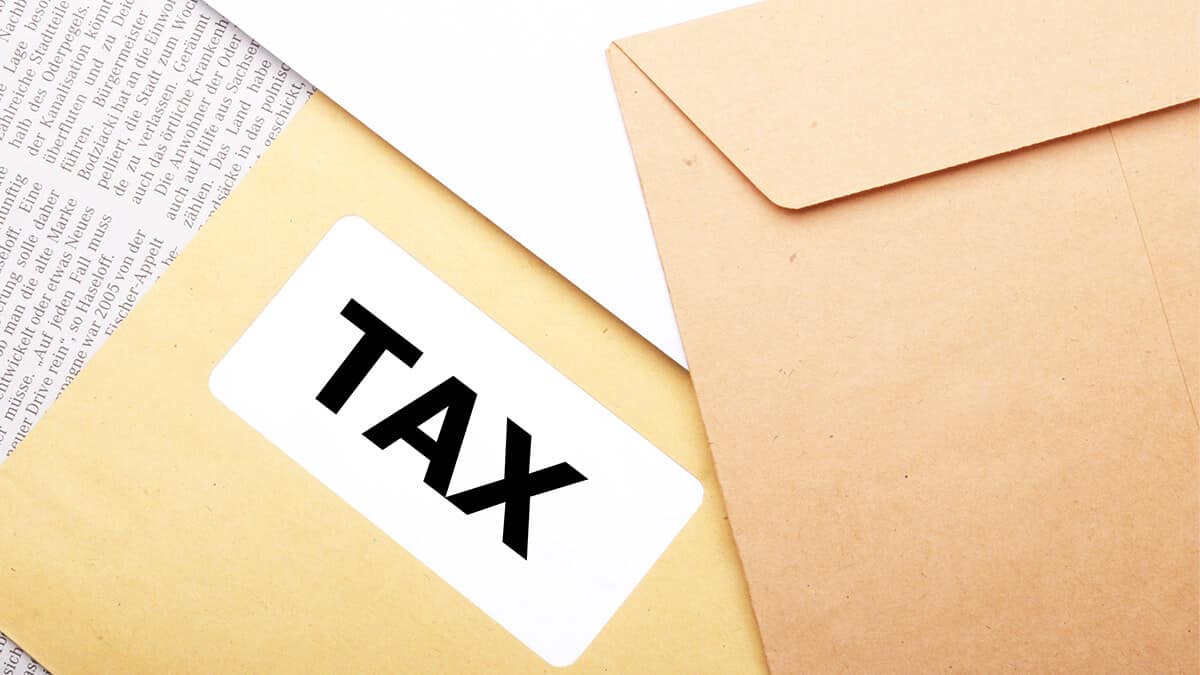When you first set up a self-managed superannuation fund (SMSF), winding it up is probably the furthest thing from your mind.
But there may come a time when it no longer meets your needs. Perhaps you don’t have the time to manage it efficiently anymore, or you’re moving overseas, maybe you're recently divorced, or a trustee has passed away. Whatever the reason, just like starting an SMSF, there is a proper process to go through.
Good to know: You can’t put an SMSF ‘on hold’. Once you’ve shut it down, you can’t flick a switch and start it up again.
If you have decided to wind up your SMSF, it’s important to understand exactly what you need to do before you start withdrawing all your funds. It is also helpful to understand the costs involved in doing so. Your trustee responsibilities extend for the life of your SMSF, and you may incur fines and penalties if you don’t wind it up properly.
The final year costs for an SMSF will be similar to the annual costs for the ongoing operation of the fund, given that the same compliance and administration tasks are required, along with the additional costs of completing a final return.
As a guide, the most recent ATO data on expenses found average annual expenses in the 2021–22 year were $16,314, while the median was $9,104.
Some of the steps for winding up an SMSF may seem self-explanatory and may have occurred to you already, but some may not. These six steps outline the process and how much you might be out of pocket.
The ATO has also put together a comprehensive guide here which can also be useful in understanding what the regulator wants to see when you wind up a fund.
It’s a complex process, so it may be worth considering professional help.
Read more about seeking financial advice and check out our list of independent financial planners.
Step 1
Check your trust deed. It may outline how your SMSF needs to be wound up and the specific steps you need to complete. It can offer a helpful guide to the processes that must be followed to close your particular SMSF.
The ATO also suggests making an exit plan when you establish your SMSF. "Trustees who don’t have an exit plan are often unprepared and get caught by surprise when an unexpected event means they may need to wind up their SMSF," the ATO says in its guide.
Step 2
Like all things important for your SMSF, you need to get the consent of all members of the fund in writing at a trustee meeting. A resolution must be made, and all members must agree to it. The resolution should be minuted and signed by all members.
The sample resolution below was provided by Graeme Colley, Ambassador at The Auditor's Institute and long-time SMSF professional. He says minutes from a trustee meeting convened to close a fund might look like this:
Meeting of ABC self-managed superannuation fund
Date: 1 November 2023
Venue: 25 Smith St, Dodge ACT 5678
Attendees: A Wong, B Wong and C Wong
Chair: A Wong
Agenda: The winding up of the fund
- It was noted that due to the recent separation of A Wong and B Wong, and C Wong’s intent to start their own self-managed superannuation fund with their new partner, the members of ABC SMSF want to wind up their SMSF.
- It was resolved, in accordance with clause/rule/article XYZ of the fund’s trust deed, that ABC Superannuation Fund be wound up.
- It was noted that in order to wind up the fund, the trustees will do all things necessary to ensure outstanding expenses of the fund are paid, contributions are accounted for, and the fund investments are sold.
- Members are to be notified of the winding up of the fund and are requested to provide instructions on how their benefits are to be dealt with as a payment, if appropriate, or a rollover of their benefit to another complying superannuation fund.
- It was resolved that income tax and regulatory returns for the fund are to be completed and lodged with the relevant government agency as soon as practicable.
Signed by
Trustee A
——————
Trustee B
——————
Trustee C
——————
Date:
You can do this yourself or have someone draft a resolution for you for a few hundred dollars.
Even after the fund has been closed you still need to keep some SMSF documents for ten years. There could be a small cost involved in doing that if you decide to keep documents with your accountant or solicitor.








